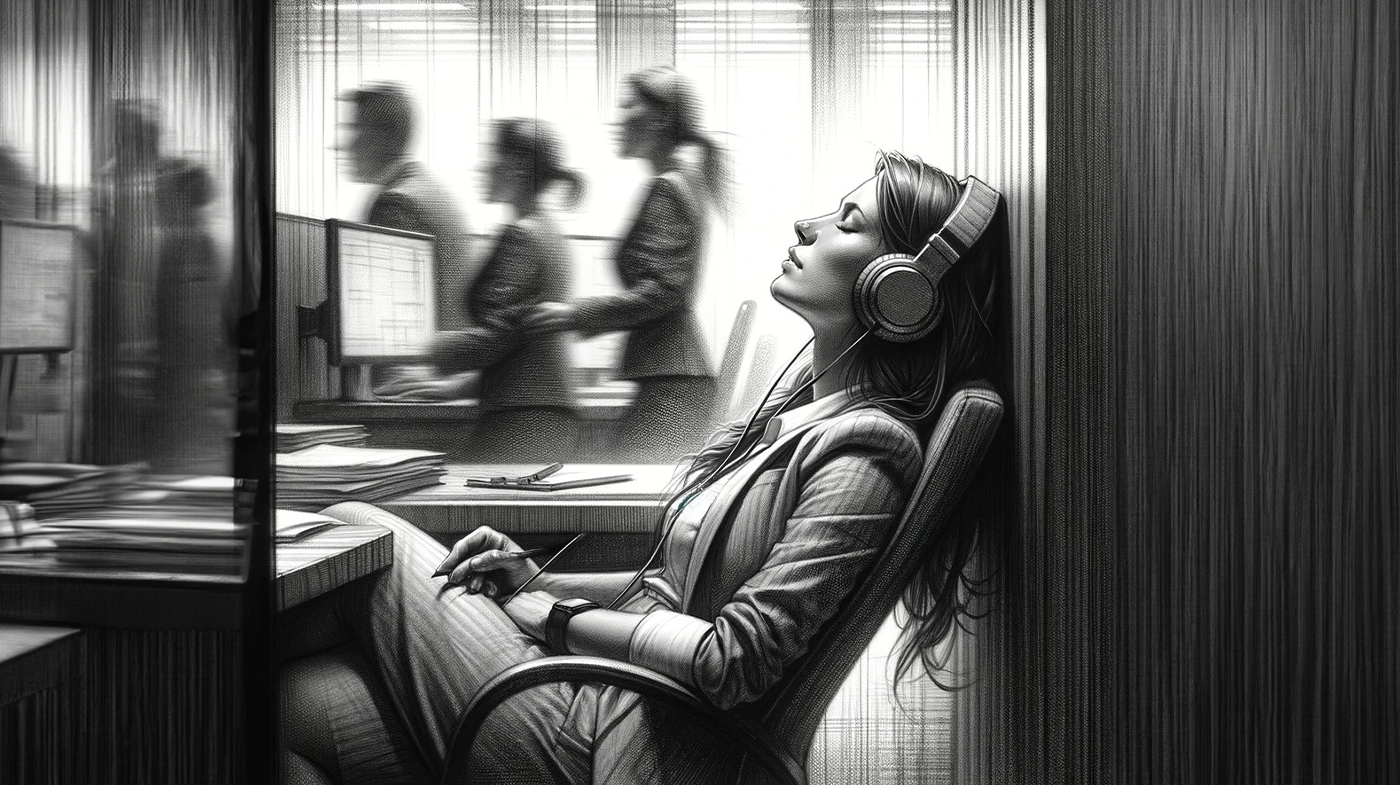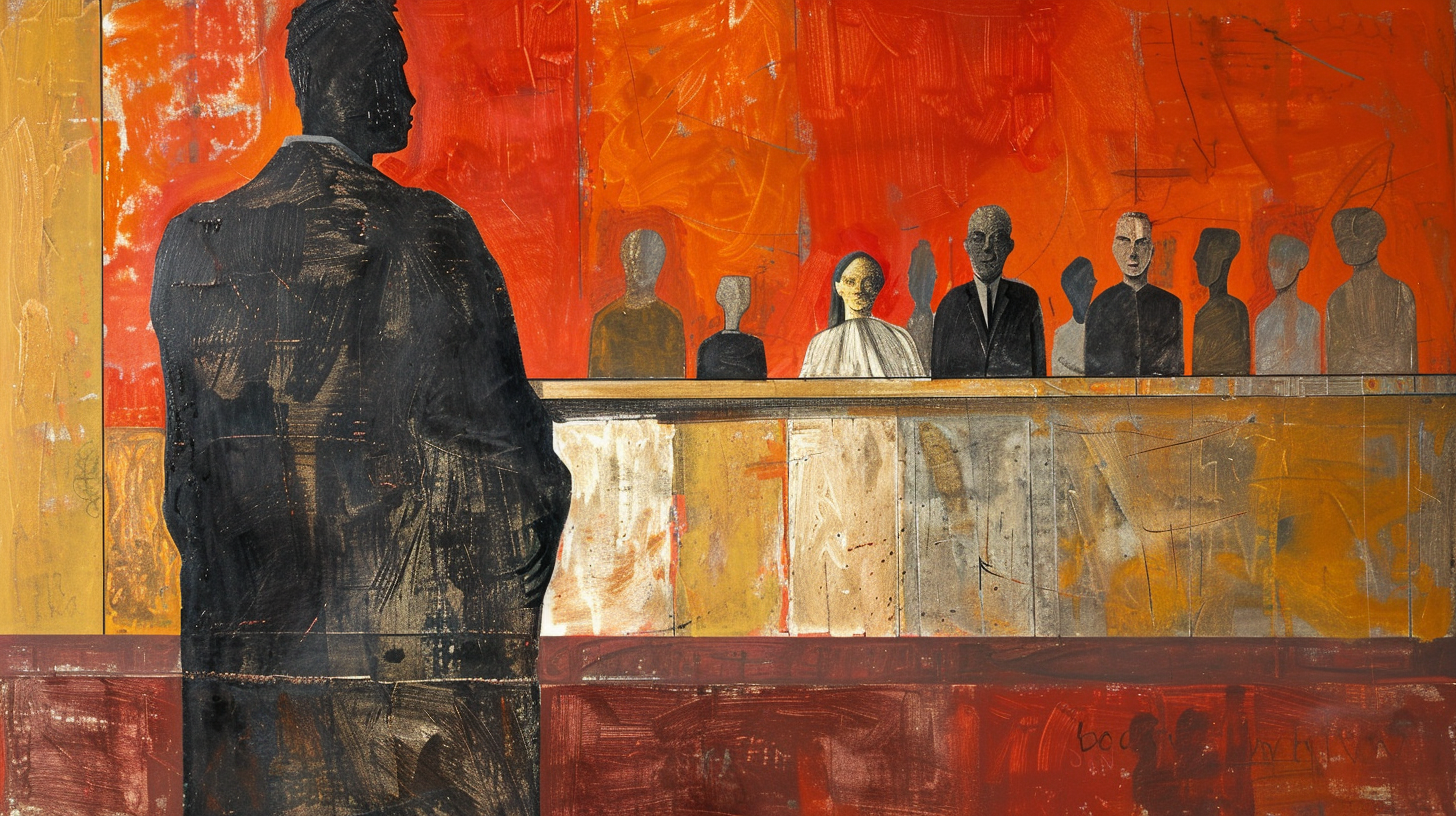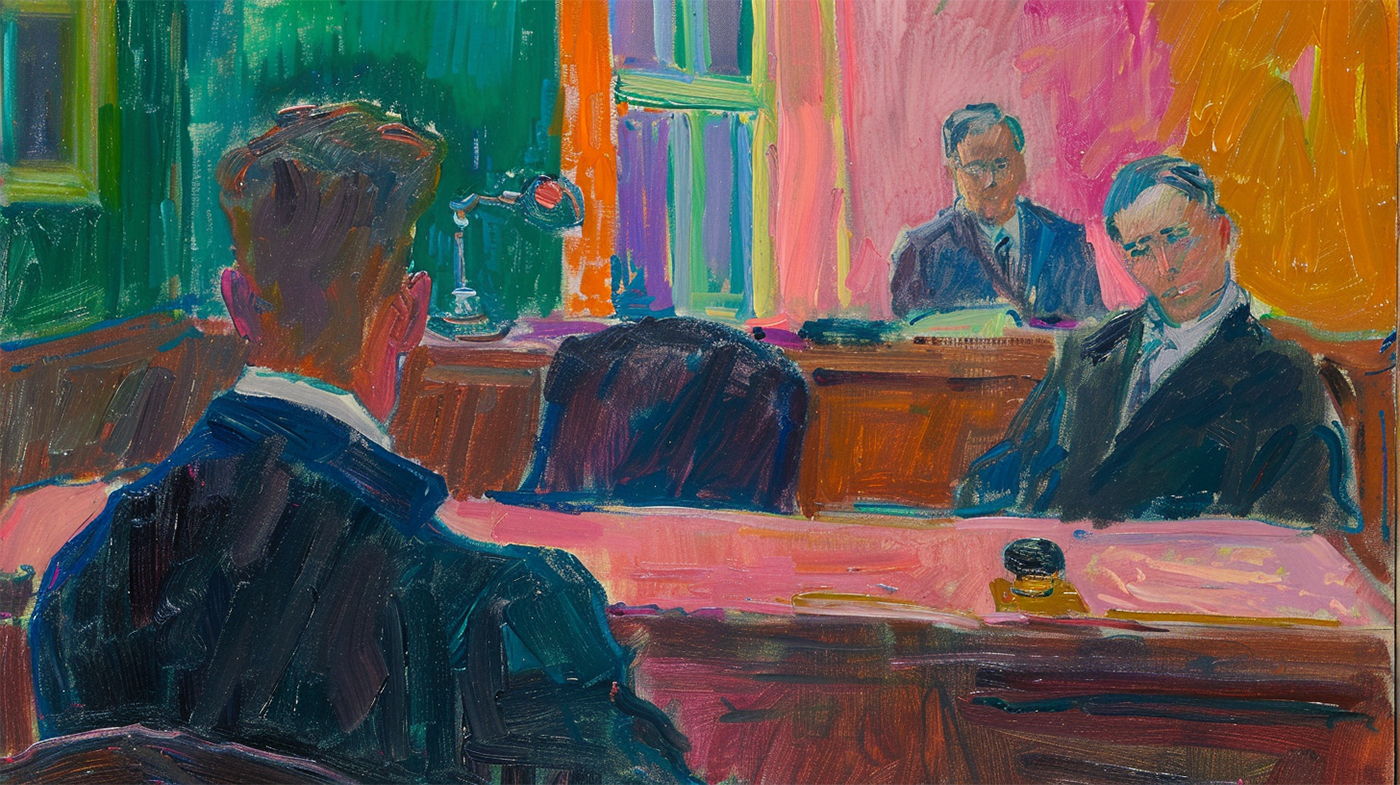This is one of the applications I dislike, if not dread.
The application appears administratively innocuous. However, the legal implications of losing one can be severe.
The basis of every Extension of Time application (‘EOT’) is the applicant’s or its solicitors’ failure to file or do something within the deadline set by the rules or directed by the court. It is typical for the lawyer’s fault to be a reason for the application. After all, the lawyers are the ones that conduct the case, not the client.
In litigation parlance, it is called an ‘EOT’ application, pronounced ‘iyoti’ (‘i’ as in ‘in’). An EOT application is usually filed to extend time to file or serve a pleading, an affidavit in reply, a notice of appeal, a record of appeal, or an application for leave to appeal.
For example, if we have to file and serve our notice of appeal within 14 days of the court’s decision but do so on the 15th day, we have done so out of time. But we do not, as a matter of course, have to file an EOT application.
Whether we need to do so depends on how agreeable or reasonable our opposing lawyer is.
An agreeable or reasonable opposing counsel will likely consent if there is no prejudice to his client and the request is valid. A disagreeable, pedantic and unreasonable opposing lawyer will object even at one day’s delay.
(3) The period within which a person is required by these Rules, or by any order or direction, to serve, file or amend any pleading or other document may be extended by consent in writing without an order of the Court being made for that purpose.
Order 3 rule 5(3), Rules of Court 2012 (RC12)
Order 3 rule 5 RC12 allows parties to agree to extend time between themselves in writing instead of troubling the court with it. The rule is there to encourage litigants to be reasonable and not be pedantic in their dealings with each other. That litigants can extend time on their own accord is useful. They can dispense with the formalities of an application by an agreement.
The conduct of an advocate and solicitor before the Court and in relation to other advocates and solicitors shall be characterised by candour, courtesy and fairness.
Rule 18, Legal Profession (Practice and Etiquette) Rules 1978 (LPR78)
The feeling existing between clients shall not be allowed to influence counsel in their conduct and demeanour towards each other or towards parties and their witnesses in the case.
Rule 32, LPR78
Rules 18 and 32 LPR78 remind lawyers that even though they represent their client’s interests, they remain a part of the administration of justice, which takes priority over their client’s interests. It fortifies Order 3 rule 5 RC12. They should also have considerations of the court in mind when deciding whether to agree to extend time, not just their client’s interests.
In practical terms, that means we lawyers should conduct ourselves and the case in a fashion that troubles the court as little as possible with administrative matters that can and should be settled between parties’ solicitors if they are reasonable.
My attitude towards EOT applications is generally to give them. It is not in the best interest of the administration of justice to be troubled by such administrative matters unless the breach is so flagrant, unrepentant and recalcitrant, or the opposing counsel is repulsive or unethical.
The rough guide I use to consider such requests is, firstly, is the EOT period requested reasonable? Secondly, does giving an EOT facilitate the administration of justice? Finally, would agreeing to an EOT prejudice my client’s case? If the EOT requested is a few days, generally, it’s no problem. I’d like to hear an acceptable reason if it is over a week.
How acceptable that reason is depends on an important consideration: Is the requesting lawyer the reciprocating sort, or is he an asshole? If the one asking for an EOT is a friend or a familiar acquaintance, they are likely to get it.
If I haven’t dealt with the lawyer before, it depends on how pleasant and reciprocating she is or is reputed to be. The more pleasant and cooperative a lawyer, the more obliging and generous I am with her.
With assholes (an LQP), I go by the book or order strictly. I don’t understand these people. The more we object over matters ancillary or secondary to the primary matter, the more time and effort we waste. The more agreeable we can be with each other, the less anxiety we need to have over these deadlines.
There is an unspoken rule where EOT is concerned. If I give you one, you owe me one if I ask for it later. That is why if I give you one and you refuse to return the favour, that immediately qualifies you as an asshole.
On such occasions, when we are compelled to file an EOT application, a preliminary question is when the application should be filed.
(2) The Court may extend any such period as referred to in paragraph (1) although the application for extension is not made until after the expiration of that period.
Order 3 rule 5(2), RC12
Order 3 rule 5(2) RC12 implies a litigant is encouraged to file an EOT application before the deadline. The court, however, will hear the application even if it is filed after the deadline.
That means the solicitors for the party out-of-time should request an EOT from the other party’s lawyer as soon as they know they require it. A formal application is warranted only if the other party’s lawyer declines to agree to an EOT.
Whatever the case, an EOT application should be filed as soon as possible, either before or after the expiry of the deadline.
(1) The Court may, on such terms as it thinks just, by order extend or abridge the period within which a person is required or authorized by these Rules or by any judgment, order or direction, to do any act in any proceedings.
Order 3 rule 5(1), RC12
Order 3 rule 5(1) RC12 confirms the court’s power to grant an EOT to do or comply with anything in the rules or court order.
Justice Chong Siew Fai laid down the factors the court considers in an EOT application under that provision in the venerable High Court decision of Scott & English (M) Sdn Bhd v Liekie Refrigeration & Stainless Steel Industries Sdn Bhd & Ors [1994] 2 MLJ 424. His Lordship considered the same provision when it was contained in the Rules of High Court 1980.
Four factors are more or less considered. The reason for the delay. The length of the delay. The chances of success of the relevant appeal or application if time were extended. The degree of prejudice to the respondent if time were extended.
They are not mandatory requirements but serve as a guide. Not all factors must be fulfilled for the court to grant the applicant’s EOT application.
I return to my remark about the severe implications against lawyers in losing an EOT application. Let me illustrate this within the context of filing a notice of appeal. From the case law, this is often the factual setting for EOT applications.
X’s claim is dismissed by the High Court (HC). X fails to file his notice of appeal to appeal to the Court of Appeal (CA) in time. X files an EOT application in the CA. The CA dismisses X’s EOT application.
X cannot file an appeal against CA’s decision to dismiss his EOT application to the Federal Court (FC). There are strict conditions to comply with before an appeal is heard in the FC. I cannot imagine what questions of law that satisfy section 96(a) of the Courts of Judicature Act 1964 could arise from an EOT application.
That means the CA’s decision is final. X cannot appeal against the HC decision to the CA. He is bound to the HC decision.
If the dismissal of the EOT application at the CA were X’s fault, he only has himself to blame.
But if X’s lawyers were at fault, then X has someone to blame and, more importantly, sue. That is the nerve-wracking part about losing an EOT application: the potential liability. Sure, we have professional indemnity insurance, but as a professional, ideally, we do not want to call upon that, ever.
Therefore, a question arises whether a lawyer’s mistake is an acceptable ground for an EOT. If it is, we can avoid a potential negligence suit if an EOT is allowed. But if it is not, we are faced with such a prospect.
The case law suggests that facts will be considered together with the other facts and factors.
However, the primary consideration for an EOT application, when it is the fault of lawyers, is whether they can show they did not intentionally disregard the order or rule and the failure to obey was due to extraneous circumstances: see Cosway (M) Sdn Bhd & Anor v Gan Poh Im [2006] 1 MLJ 568, CA where the lawyers took steps to immediately regularize the appeal cause papers once they discovered their error and the court held because of that the lawyers did not blatantly disregard the procedural rules; the EOT application to serve a memorandum of appeal out of time which was dismissed at the HC was allowed on appeal.
Recently, in one of our matters, only after we filed and served the notice of appeal against an HC decision to the CA, we realized we required CA leave (permission) before we could appeal against the HC decision. Because of a series of misfortunes, we filed the leave application almost three weeks later with the EOT application together.
The Respondent opposed the EOT application. We argued it out before the CA. The CA allowed the EOT application to file and serve the leave application out of time. It held we had no intention to flout the rules but took steps to correct our error. We felt immense relief once the application was allowed.
I felt as if we dodged a bullet.
I have three suggestions concerning EOT applications:
First, and in the first place, avoid having to ask for an EOT or having to obtain one. Avoid it altogether. Get it done straight away. Or set irresistible reminders. Draft those notices of appeal, applications, and records of appeal, then fair, file and serve them within the period. All will be well.
Second, although it is best to realize the need for an EOT before the expiry of the deadline, that is not a matter in our hands. The next best thing is to ensure that once you know it, call the other side’s lawyer to see if she agrees to an EOT. I usually offer costs straight up. The granting of an EOT is within a lawyer’s discretion. They do not need to seek the client’s instructions about this because it relates to the conduct of court matters, not facts.
Suppose the other side’s lawyer agrees, great. I generally agree to an EOT to avoid delaying the legal proceedings with secondary matters that are best settled between parties. But the EOT request has to be reciprocated and reasonable, and the other side’s lawyers are not obnoxious.
If the other side doesn’t agree, file the EOT application as soon as possible. The supporting affidavit can come as late as 14 days later: see Order 32 rule 13(2)(a) RC12. The point is to get the EOT application in at the earliest opportunity to show there was no intention to flout the rules.
Third, when preparing the EOT application, focus on the mentioned four factors. To recap.
The reason for the delay. The length of the delay. The chances of success of the relevant appeal or application if time were extended. The degree of prejudice to the respondent if time were extended. If it concerns lawyers, there is the added requirement of negating the inference that they intentionally flouted the order or rule.
May you not have to request an EOT from the other side or, worse, from the court. May the other side be kind and reasonable when you ask for an EOT. Be kind and fair when the other side asks for an EOT. And may you avoid it for as long as you can the need to file such an application.
EOT applications do not necessarily have to be about time and unnecessary objections. It can encompass extensions of empathy and opportunities to be kind and good to one another.
But only if we make it so.
Related Posts
- Preparing Statements of Agreed Facts and Statements of Issues to be Tried
In the preparation of trials, the court orders parties, as a matter of course, to…
- The Importance of Not Using Metaphors to Describe Symptoms
Once in my teens, I went to see my usual doctor, a general practitioner, in…
- Analysis of Pleadings
As a litigator in Malaysia, if there is one trait we must possess, it is…
- Mentoring the Mediocre
For a long time now, I have not been discerning about whom I teach. The…
- Upfront and personal
'How is it you dare to be so upfront and personal on your blog?' A…






